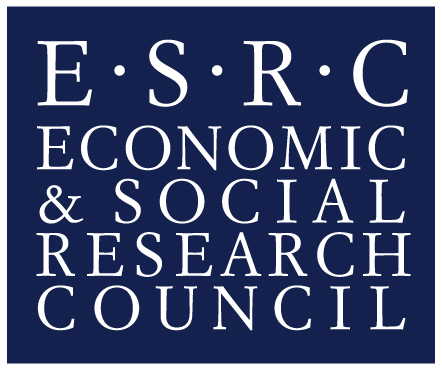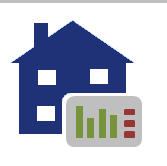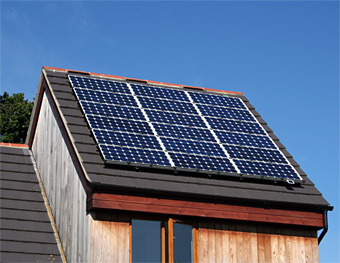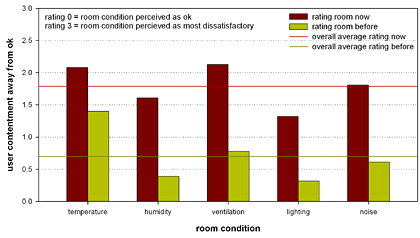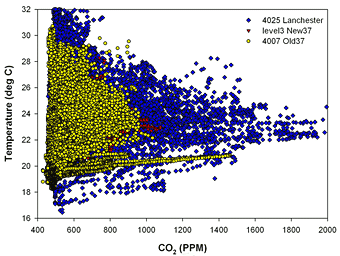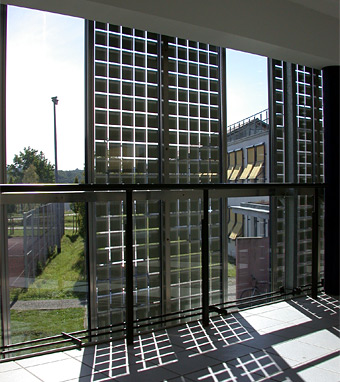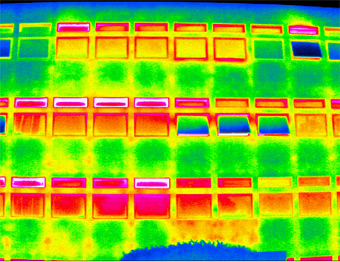Census 2022: Transforming Small Area Socio-Economic Indicators through ‘Big Data’ is a project funded by the ESRC Transformative Research 2012/2013. Investigators: Dr Ben Anderson, Dr Patrick James & Prof. ‘Bakr Bahaj Contact: b.anderson@southampton.ac.uk The possible demise of the decennial UK Census presents social, policy and commercial researchers with both a challenge and an opportunity. The challenge […]
Energy and Behaviour
The distribution and dynamics of UK citizens’ environmental attitudes, behaviours and actions is a project funded by the Economic and Social Research Council under the Secondary Data Analysis Initiative and runs from January 2013 to June 2014. The project uses Understanding Society, the new large scale UK longitudinal household panel to analyse the environmental attitudes, behaviours, and […]
This ESRC-funded 4 year year study is assessing the impact of community greening groups on a roll out program insulation upgrades in privately owned housing. The aims of the project which is a collaborative study between researchers of the School of Social Sciences and Civil & Environmental Engineering are to: Examine whether community action on climate […]
This project seeks to apply novel artificial intelligence approaches to develop intelligent agents that will enable domestic consumers to visualise, understand and manage their energy use. It is a three year EPSRC project (EP/I000143/1), which started in October 2010, within the ‘Transforming Energy Demand through Digital Innovation’ call. The project brings together expertise in artificial […]
Residential grid connected PV systems are relatively simple to design with easy to predict annual yields. However, the headline economics of residential PV in the UK are at present unattractive. A typical small residential PV system (1 to 3 kWp) as shown in the top figure would cost in the year 2000 around £4,500 per […]
Further occupant surveys conducted by the group have shown that compromising one aspect of the indoor comfort conditions can lead to a perceived compromising of all other measures of indoor comfort. A survey conducted in June 2005 inside existing offices adjacent to the PV atrium (c in Figure 1) reveiled a significantly worse perception of indoor […]
The carbon dioxide concentration levels normally observed in indoor environments range from 350 to 2,500 ppm and are typically between 500 and 1,500 ppm. Current literature suggests that a building’s carbon dioxide concentration can be seen as an indicator for both volatile organic component (VOC) concentration and general indoor air quality. However, the potential to […]
The question of how to qualify and quantify good building performance is not trivial to answer. A well performing building from a carbon footprint perspective may not automatically be well performing in terms of occupant satisfaction (Figure 1). Similarly building performance may be understood quite differently by different groups of building users as ‘performance’ can […]
The group’s research has highlighted that at present environmental control facilities are often not correctly applied, or more usually, incorrectly used due to their complexity or unintuitive mode of operation. It has been shown that there is often lack of interaction between users and their buildings. Façade interaction studies of an office building highlighted rather […]
